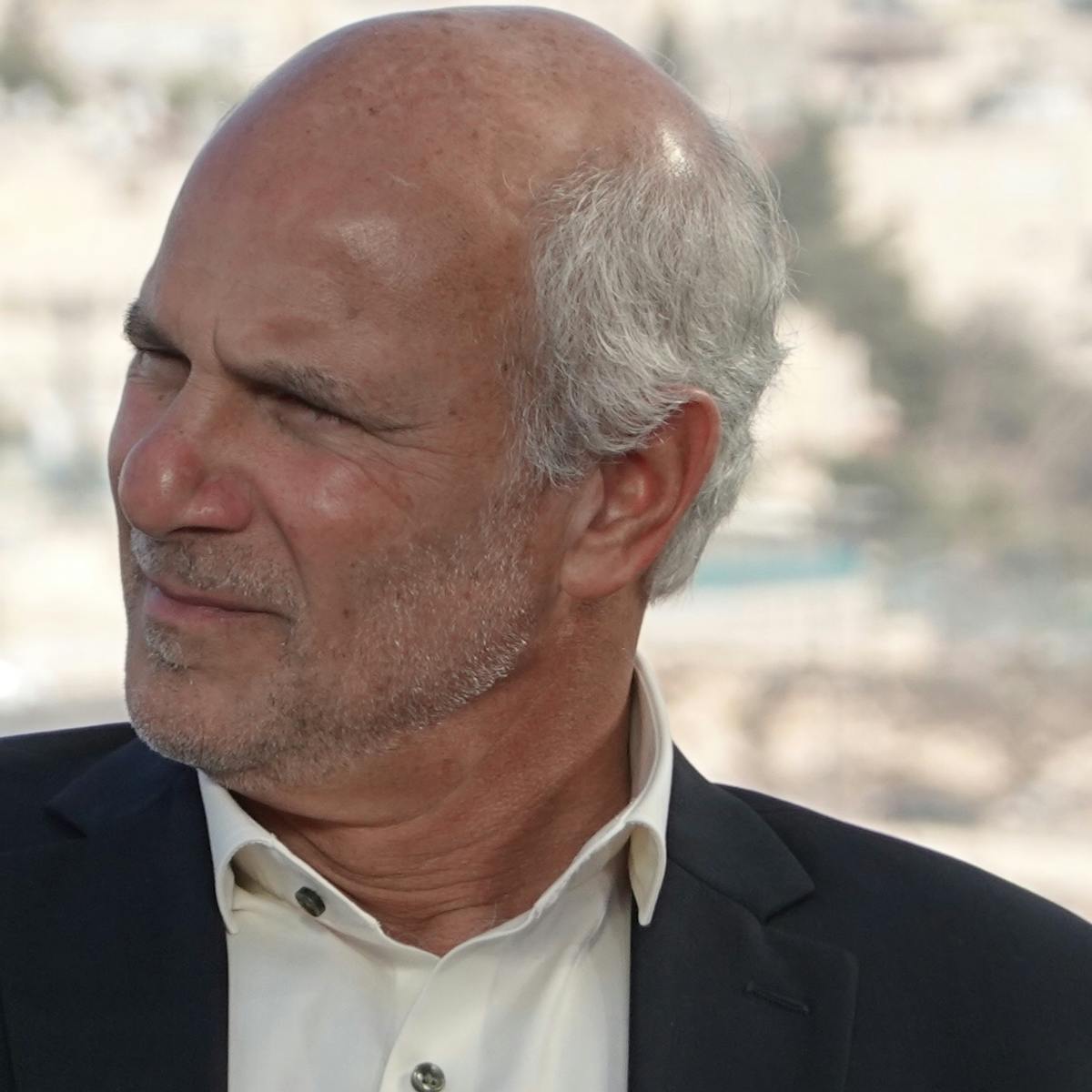Sussita (Hippos) National Park

Recently opened to the public, the Sussita (Hippos) National Park is situated on a hill off the western slopes of the Golan Heights facing the Sea of Galilee above the Ein-Gev Kibbutz. Preserving magnificent remains of the ancient city of Hippos (“horse” in Greek) or Sussita (“horse” in Hebrew), the ancient city reached its zenith during the Roman–Byzantine period until it was destroyed by a major earthquake in 749 AD.
Apart from the magnificent views of the Sea of Galilee’s entire basin, visitors to the Sussita National Park enjoy the impressive archeological remains of the Roman city which include the forum, the main city square, a huge water cistern, remains of a magnificent basilica and a small, roofed theater. The Forum in the center of the city was the place where social, cultural and commercial life was conducted, and where people encountered each other on a daily basis. The forum was surrounded by walkways lined with columns which bore roofs that created shaded spaces for shopping and socializing.
Since there was no water source in the city, the inhabitants built an aqueduct about 24 km long that brought in the precious water from afar. The final portion of the aqueduct consisted of an underground pipe that was set beneath the main street, and the sophisticated cistern is so well preserved that visitors can descend a staircase to its interior which is still roofed with an impressive limestone arch. The basilica, situated next to the Forum, was the center of activities when inclement weather did not allow activities in the open forum. It is an impressive, large roofed structure measuring 30 x 55 meters built of dressed stones.
The Central Bathhouse is a very impressive public complex which include the bathhouse itself and a spacious open courtyard. The nearby Odeon is a theater-like roofed structure which was the venue for cultural events such as poetry readings with musical accompaniment, attesting to the population’s affinity with classical culture. There are a total of eight churches in the city which were apparently built after the fifth century AD. The archaeological evidence confirms that these houses of worship served the Christian inhabitants of the city until it was destroyed by the great earthquake of 749 AD.
The site of Sussita played an important part in Israel’s modern history since during the War of Independence (1948-1949) the Syrian military outpost located there, which was harassing Israeli communities below, was conquered by the members of the neighboring Ein-Gev Kibbutz. An IDF position was established next to the ancient town, taking advantage of the controlling view of the surroundings. To this day, a cable car constructed in 1948 can be seen, originally built by Lt. Col. David Laskov to ferry equipment from Ein-Gev to the Israeli soldiers stationed on the mountain.
Visitors to the site are able to see remains of communications trenches, firing positions, and other features that were part of the IDF outpost at the site. Contact your Sar-El Tours’ Operator to add an exciting visit to the Sussita National Park to your itinerary.
